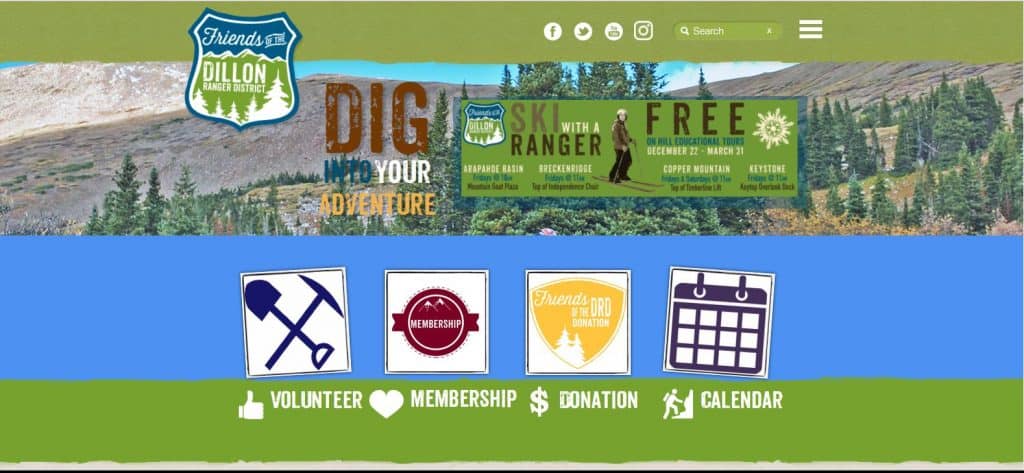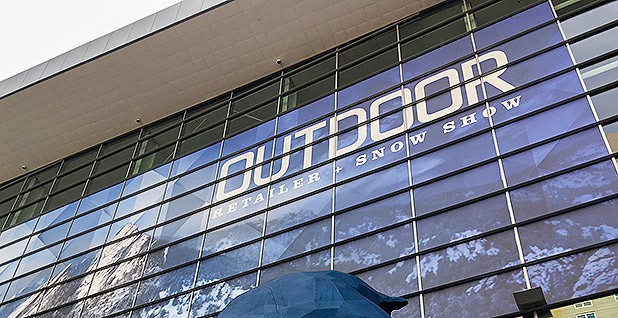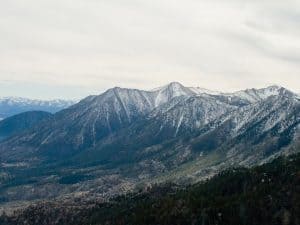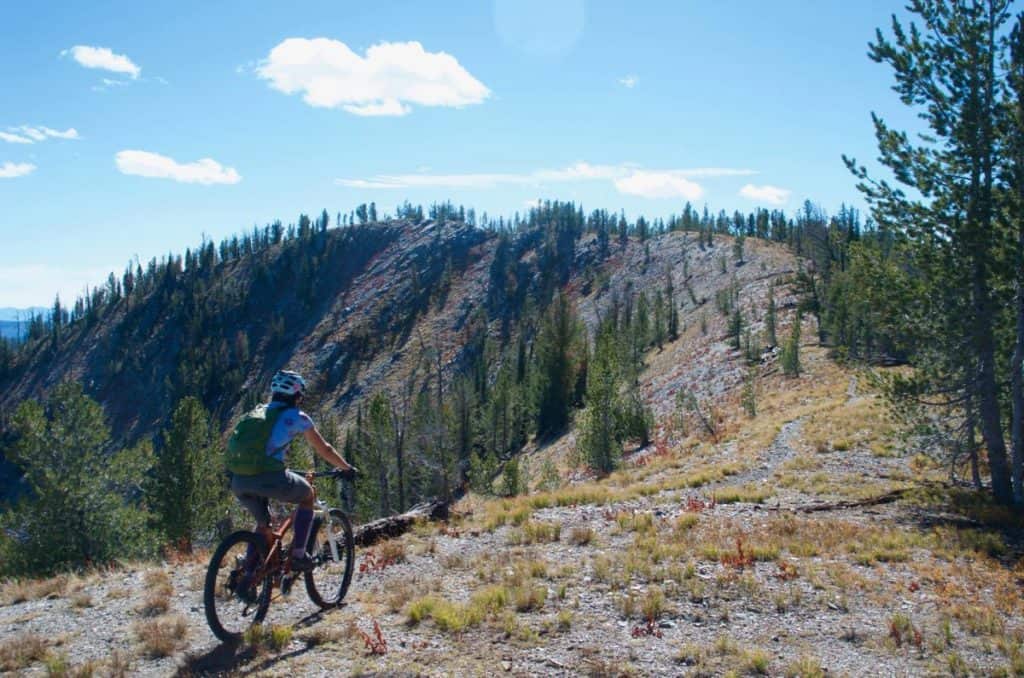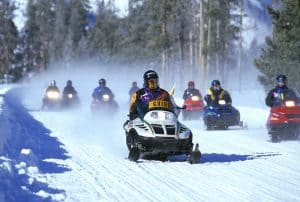I had an op-ed published in my local paper, the Colorado Springs Gazette, Saturday. My point is that we’ve been fighting about fees for recreation and federal budgets for (at least?) 30 years.. maybe it’s time to try something different? Below is an excerpt. Check out the whole thing here.
As veteran of federal public lands policy and politics over the last 40 years, I can tell you that the greatest threat to our federal public lands is not the Republicans or the Democrats. The “enemy” is us – the millions of people who hike, bike, ride, drive, hunt, fish, climb, camp, and everything else in the National Forests and BLM. The greatest problems have resisted solution by R administrations and D administration, R Congresses and D Congresses and all combinations thereof. Maybe it’s time to try something different.
The outdoor industry instead could choose, as Amazon, Buffett and JP Morgan are doing with health care, to just “do it,” as the shoe people say, instead.
What would disruptive innovation look like? Here in Colorado Springs, we can talk to a few people, and walk a few trails, and get a sense of the problem.
We all like to recreate on the Pike Forest. Some of us feel, like one colleague, “I don’t think it’s right for some taxpayer in New Jersey to pay to maintain trails where I walk my dog every day.” Others feel “Congress needs to provide what is needed, we shouldn’t have to pay to use our federal lands (except for National Parks).”
For decades there have been skirmishes between these different views, and the division is not at all along partisan lines. For decades, conditions have only become worse as more people flood the forests and the funding has not kept up. Agency employees do the best they can, but they are not getting the help they need. It seems to me that we the people need to step up and help them, and the outdoor industry could and should take a leading role. They have incredible assets and are in the right place at the right time. They have a network of local businesses, technological know-how, marketing and media skills, and unfettered creativity compared to agency employees (that’s in terms of fetters, not creativity).
So what if the outdoor industry put its financial, human and technical resources behind building nonprofit capacity to support Forest Service and BLM programs? They would be choosing a leadership role of uniting, not dividing, something our country greatly needs. What would this look like? Here’s one possibility. The outdoor industry could set aside some percentage of their profits to give back to public lands. The first step would be to support the development of nonprofit, nonpolitical (how countercultural is that?) Friends groups for each forest or unit of the BLM.
Comments?
